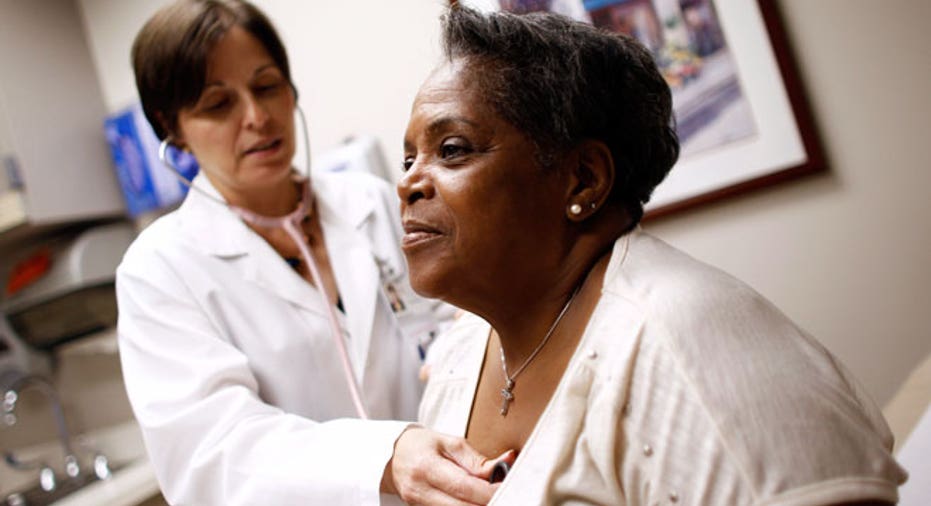Open Enrollment Prep: Four Things To Do Now

Open enrollment for health insurance kicks off on November 15th yet few people are prepared let alone know that it will be starting soon.
According to Kaiser Family Foundation, about nine out of ten individuals have no clue when open enrollment starts. Not to mention that many people passively let their existing coverage roll into the New Year without ever giving it a second thought.
Doing nothing “may seem like an easy option, but doing so might mean missing out on significant savings, ending up with a new plan that you didn’t choose, and potentially even losing access to your current doctor,” says Michael Mahoney, senior vice president of consumer marketing at insurance Website GoHealth www.gohealth.com. “Open Enrollment is the time to reevaluate your coverage and explore all of your options.”
Before you head into open enrollment season, whether you are purchasing insurance on one of the exchanges or choosing from company offered plans, experts say there are things you can do now to ensure you are getting the right coverage at the right price.
Figure out your average medical costs ahead of time
Since the whole idea behind open enrollment is to make sure you choose a plan that meets you and your family’s needs, experts say it’s important to review how you consumed healthcare this year before open enrollment begins. According to Tom Pegues, founder of GoodScout www.gogoodscout.com, an online health insurance marketplace, you want to estimate your average medical costs including prescription drugs and think about any upcoming surgeries or life changes that could impact your medical expenditures. For instance is this the year you plan to do that put-off surgery or are you planning on starting or growing your family? The type of coverage you choose should be driven by your expectations for 2015. “Knowing your annual medical and prescription costs will give you an indication of whether or not the deductible is just right or unaffordable,” says Pegues. “There are many consumers in different parts of the country who are unable to afford their deductibles.”
Check in with your current provider
You may have a health insurance plan that you are happy with so you don’t think open enrollment applies to you. That may be the case but it could cost you more money if you don’t check in with your insurance provider. That’s because there is expected to be a lot of price volatility for health insurance in the New Year, says Pegues. While new competition will undoubtedly drive down rates, it will depend on the state and market. Some health insurance providers may do the opposite and raise rates in 2015, which is why you want to call and find out what will happen to your specific plan. “If consumers leave this item unchecked, they could be in for a rude surprise post renewal,” says Pegues.
Calculate the penalty if you are opting to go without insurance
Many individuals who are forced to get health insurance because of the Affordable Care Act opt to pay the penalty instead of purchasing a plan. If you are considering doing that, Mahoney of GoHealth says to first calculate the cost of that tax penalty for the family and then add several thousand dollars to that. “You’ll also be responsible for all medical bills including those related to accidents or unexpected illnesses,” he says. “In many cases, it’s less expensive and far less stressful to purchase a plan.”
According to Mahoney, the tax penalty for going without insurance will increase in 2015 to up to 2% of your income or $325 for each adult and $162.50 for each child in the household, whichever is greater.
Understand if you are eligible for a subsidy
One of the biggest confusions with ACA is whether or not people are eligible for a subsidy, which lowers the amount you pay for health insurance. Even if you were eligible for a subsidy last year, Carrie Mclean, director of customer care at eHealthInsurance www.ehealth.com, says it’s important to recheck to make sure you are eligible and for how much. If you don’t determine the amount again and the subsidy remains the same you may be paying more if the costs of the plan are higher, she says.



















